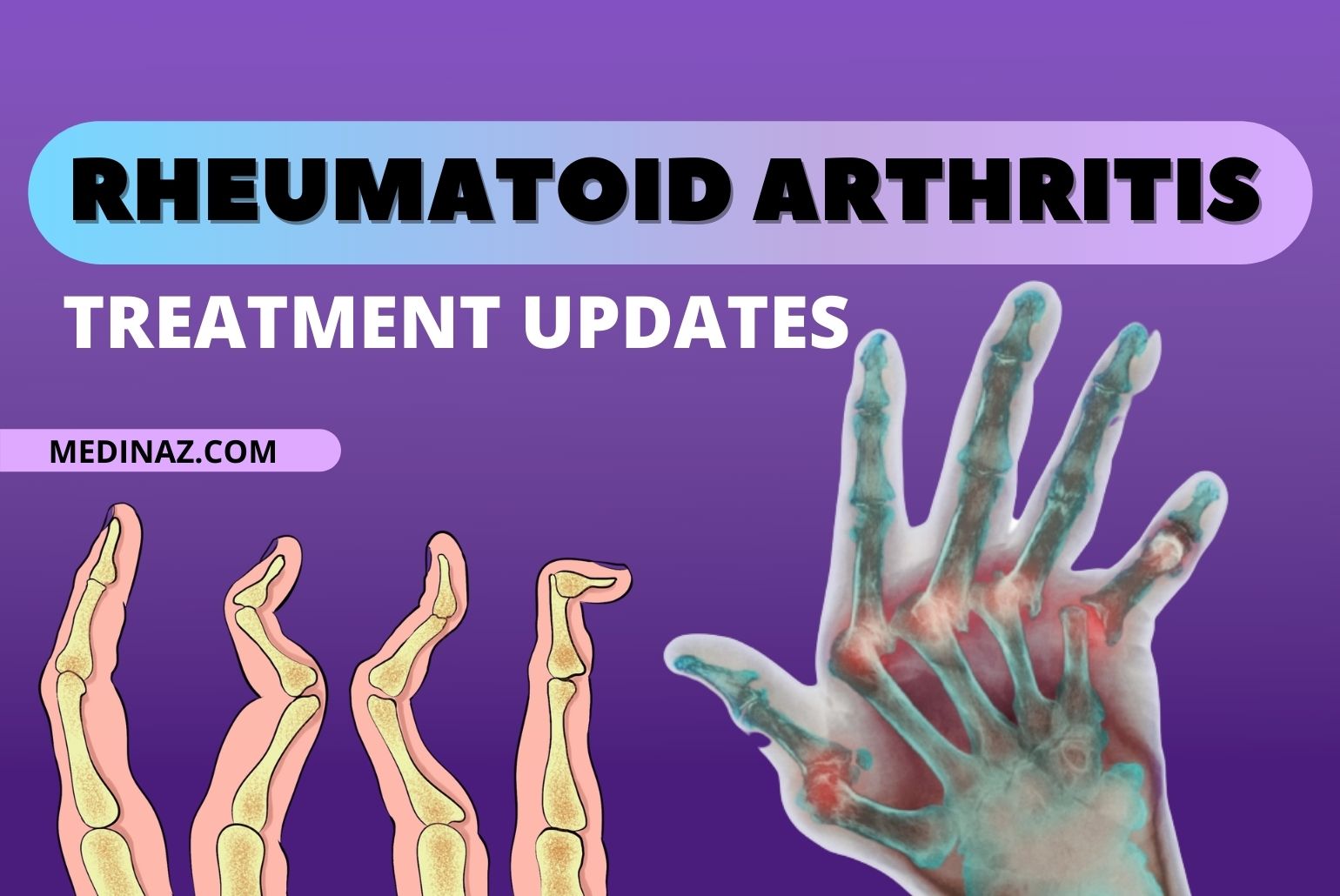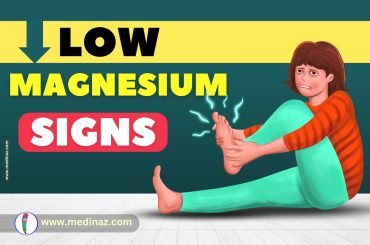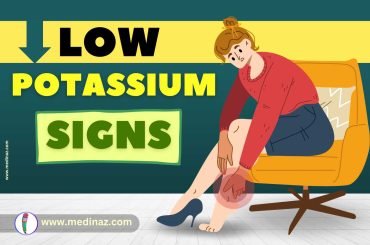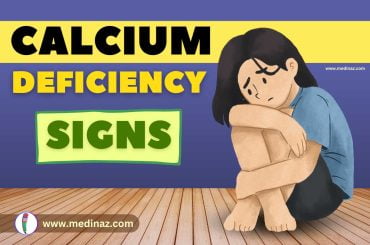In this blog we are going to discuss about recent Rheumatoid Arthritis Treatment options
Table of Contents
What is rheumatoid arthritis?
Rheumatoid arthritis, is an autoimmune and inflammatory disease. In this your immune system attacks healthy cells in your body by mistake. This leads to inflammation or painful swelling in the affected parts of the body.
RA attacks many joints at once. viz. the joints in the hands, wrists, and knees.
Why is it important to manage rheumatoid arthritis?
In rheumatoid arthritis there is swelling in the joints, and if the inflammation is not treated then it will keep on increasing. This can cause joint deformity.
Also rheumatoid arthritis is a progressive disease, i.e the symptoms typically get worse. This can lower your quality of life. So it is important to manage rheumatoid arthritis.
If rheumatoid arthritis is left untreated, it can cause severe damage to the joints and some serious complications in the major organs.
What are the treatment options available now a day?
Currently there is no cure for rheumatoid arthritis. However, the recent treatment modalities can control inflammation, reduce pain, prevent joint and organ damage that eventually reduces the long term complications.
Treatment usually includes medications, occupational or physical therapy, and exercise. Some people need surgery to correct joint damage
Medications for Rheumatoid Arthritis Treatment:
There are several medications available for the treatment of Rheumatoid arthritis like Nonsteroidal anti-inflammatory drugs, Steroids, disease modifying antirheumatic drugs or DMARDs. The medication recommended by your doctor will depend on the severity of your symptoms and how long you’ve had rheumatoid arthritis.
NSAIDs
They can relieve pain and reduce inflammation. Many over the counter medications like ibuprofen, naproxen is used for the treatment.
Some other stronger NSAIDs like Celecoxib is only available by prescription. They are usually long lasting in comparison to other over the counter medications.
The most common side effect of NSAIDs is gastrointestinal disturbance that may include burning sensation or irritation, peptic ulcer like disease and GI bleeding. It can also impair renal function and increase blood pressure.
Steroids:
For severe RA or when symptoms flare up, your doctor may recommend steroids to reduce pain and stiffness. In most cases 7-14 days course of corticosteroid is used to control acute disease flare ups. But some people need to take steroids for a longer time to control pain and inflammation.
Commonly used corticosteroids are:
- Hydrocortisone
- Prednisone and
- Methylprednisone
It can be taken as a pill or direct injection into the joint. The usual dose of predinisone is 5 to 10mg daily. Although prednisone can be started at higher doses (i.e 15 to 20mg daily)
Steroid medications are associated with multiple side effects like:
- Osteoporosis
- Weight gain
- Increased blood
- Pressure
- Increased blood sugar, and
- Increased risk of cataracts
- It can also weaken your immune system
So always consult your doctor and don’t stop the medication abruptly to avoid or lessen the side effects.
Disease Modifying Anti-rheumatic Drugs (DMARDs)
These group of drugs can slow down or prevent the progression of RA and save the joints and other tissues from permanent damage.
Common DMARDs include:
- Methotrexate
- Leflunomide
- Hydroxychloroquine
- Sulfasalazine
Methotrexate is the DMARD of choice for the treatment of RA. You can take DMARDs as a pill, but some people get methotrexate as a shot. It may take a few weeks or months for these medications to work, and longer to get the full effect.
Newer class of DMARDs also known as biologic response modifiers, are also effective. Biologic DMARDs are usually most effective when paired with a conventional DMARD, such as methotrexate.
This group includes:
- abatacept
- adalimumab
- anakinra
- certolizumab
- etanercept
- golimumab
- infliximab
- rituximab
- sarilumab
- tocilizumab
Surgical options:
Surgery is needed when medications fail to prevent or slow the joint damage. Surgery may help restore your ability to use your joint. It can also reduce pain and improve function
There are multiple options like:
Synovectomy
This Surgery is performed to remove the inflamed lining of the joint which is called synovium. It can help reduce pain and improve the joint’s flexibility.
Tendon repair
Inflammation and joint damage may cause tendons around your joint to loosen or rupture. This can be repaired and the function of the joint can be restored
Joint fusion
When a joint replacement isn’t an option then Surgical fusion of the joint may be recommended to stabilize or realign the joint and to relief pain.
Total joint replacement
During joint replacement surgery, your surgeon removes the damaged parts of your joint and inserts a prosthesis made of metal and plastic.
Physical therapy:
Sometimes physical therapy can be helpful. Your doctor may refer you to a physical or occupational therapist who can teach you exercises to help keep your joints flexible. The therapist may also suggest new ways to do daily tasks that will be easier on your joints
Here one important point you should remember is that cigarette smoking makes the disease worse and can cause other medical problems. Also smoking can make it more difficult to stay physically active. So stop smoking as soon as possible.
Maintaining a healthy weight is equally important. Obesity can cause numerous problems for people with RA.
New treatment modalities of Rheumatoid arthritis
As we have discussed already that methotrexate is very helpful drug in rheumatoid arthritis.
If you’ve been taking methotrexate and you’re still experiencing moderate to severe symptoms of RA, your doctor might recommend adding a janus kinase (JAK) inhibitor to your treatment plan. JAK inhibitors help to stop chemical reactions that cause inflammation in your body. Methotrexate does this too, but in a different way. For some people, JAK inhibitors work more effectively.
Until now FDA has approved only 3 JAK inhibitors for rheumatoid arthritis treatment. They are:
- Tofacitinib
- Baricitinib
- Upadacitinib
Recent study showed that a combination of methotrexate and upadacitinib was more effective than methotrexate and adalimumab for reducing pain and improving function in people with RA
Another promising Bruton’s tyrosine kinase i.e BTK inhibitors was on trial for long time. BTK is an enzyme that plays a role in the development of inflammation. BTK inhibitors block the action of BTK and reduce the inflammation. Unfortunately, the recent published study shows that the final result is not that much promising as anticipated.
Vagus nerve stimulation for Rheumatoid Arthritis Treatment:
Another treatment option is vagus nerve stimulation. In this treatment approach, electrical impulses are used to stimulate the vagus nerve. This nerve helps regulate inflammation in your body.
Omega-3 fatty acid for Rheumatoid Arthritis Treatment
Consumption of Omega-3 fatty acid reduces the inflammation in the body. It can reduce the symptoms of Rheumatoid arthritis.
A Visual Learning Platform





